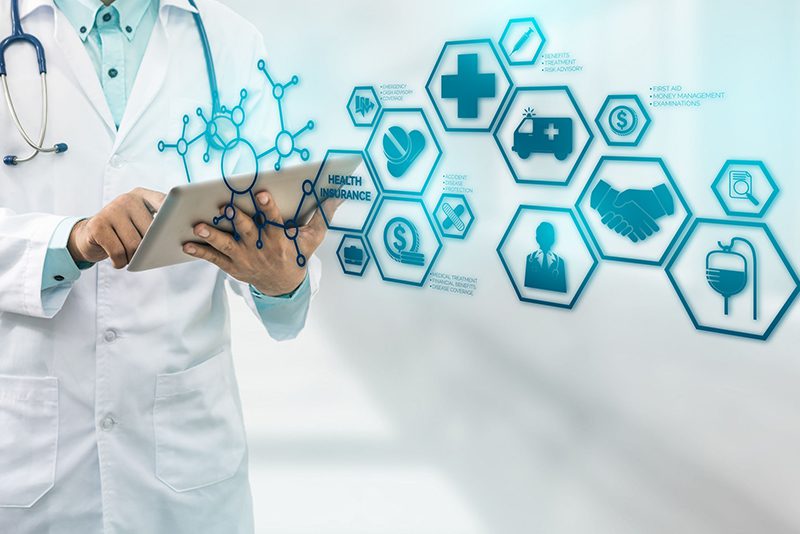When a disaster occurs the Patient Unified Lookup System for Emergencies (PULSE) connects Emergency Medical Services (EMS) to Health Information Exchanges (HIEs) such as LANES as part of the overall emergency response effort.
One of the fundamental lessons learned during Hurricane Katrina was that health professionals need access to patient health information to avoid medical errors, renew medications, and coordinate care. It is no different during the coronavirus pandemic or wildfire disasters.
After a major disaster, individuals can be displaced from their homes as well as primary care providers and local hospitals. Patients in affected regions may be referred to alternative care locations where providers have no previous history treating them; however, individuals who sustain injuries must be triaged and treated appropriately. Providers and first responders who are treating these individuals at field locations often work with incomplete medical information since patients leave behind needed medications, and almost always lack pertinent medical records.
For LANES HIE participants, the retrieval of the LANES health data is also made possible by PULSE, a nationwide health IT disaster response platform that can be deployed at the city, county or state level to authenticate users.
“We’re proud to participate in PULSE to give healthcare providers and disaster healthcare volunteers immediate access to electronic medical data for victims and evacuees during times of large-scale disasters,” said Ali Modaressi, CEO of LANES. “No matter the provider’s location, the search for Los Angeles County patient records using the PULSE interoperable platform makes the care delivery process easier and more complete.”
The PULSE project has enabled connections between community health information organizations (HIOs) or health systems via a secure web portal. When a disaster happens, the web portal is activated so authorized healthcare professionals can access patient records from outside their own health systems through their existing electronic health record system or through a secure website.
PULSE allows disaster workers to query and view patient documents from all connected healthcare organizations. Users can access the LANES data exchange to retrieve and review critical health information such as medications, lab results, allergies, medical problems or discharge summaries to augment treatment in a number of disaster scenarios:
- patients evacuated from healthcare facilities in the affected area
- injured patients transported by first responders, themselves, family members or friends
- evacuees seeking primary care for chronic conditions or health issues unrelated to the disaster
- walking wounded presenting minor injuries



